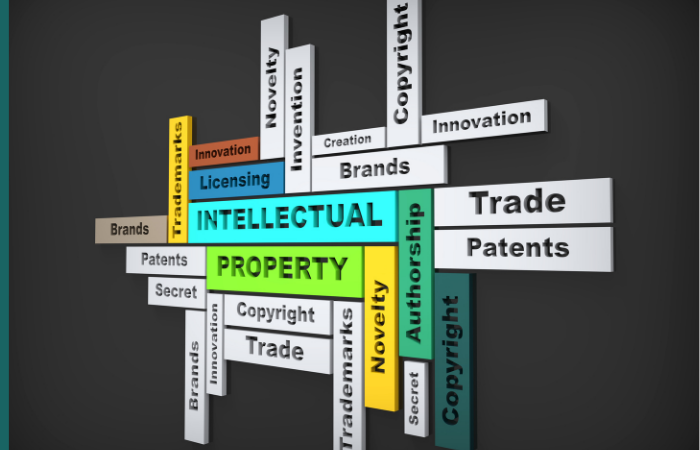Innovate with your IP
I spend my working life helping companies understand what intellectual property (IP) they own and developing strategies for evolving it into new products or services. If you don’t know what you own or how it can help your business – here is a quick run-through.
1. Copyright
Copyright is the most common form of IP. It is an automatic, free right.
If you create an article, book, music, programme, illustration, design, presentation, photograph, film – you own it, provided you have not copied it or adapted someone else’s work. You can’t copyright an idea or concept – only the physical embodiment of it.
It is a property right so you can sell it, license it, give it away or use it to raise finance. And copyright lasts for varying lengths of time depending on what you have created.
Copyright can be owned by an individual or a company. It is worthwhile assessing what you own to see whether it can springboard new services or products for the company.
Many companies develop products which they license to other users. Take an app developer for example… by licensing the app build to a client rather than handing over the IP, they can sell the build or a similar build to several different clients, effectively generating repeat revenues. I encourage app developers to always retain the copyright of the build, only passing over the IP of the interface which of course has the client’s branding on it.
2. Trademark
A trademark helps customers recognize one company’s products from another. You can register a name, a graphic symbol or sound, colour and shape or any other sign to distinguish a company, an individual product or service. And it can be either 2D or 3D as well.
Trademarks have to be registered with the Intellectual Property Office for protection in the UK and can also be registered in any other country across the world. They generally last for 10 years and can be extended ad infinitum.
When you register a trademark you have to select which of 45 classes you wish to register it in. You can choose one or several, depending on what and how you want to use the trademark. Classes 1-34 cover goods and 35-45 cover services.
If you have a business methodology or process, by naming and trademarking it, you can market it to clients, run workshops or online programmes ensuring it is protected.
When I was working with a design studio, we identified that most of their clients’ customers came from a particular urban demographic. Even though the clients varied significantly in their product or service offer, they were looking to appeal to a similar audience. We named this demographic, trademarked it in a wide range of classes, and then published a book about them, which the studio used as a core plank for their marketing and business growth.
3. Design Rights
Design rights protect the shape and appearance of something new with its own characteristics – both in 2D and 3D. Design rights were originally developed as a type of industrial copyright ensuring no-one else can make or offer copies for which you own the design rights for commercial gain.
You have to register your design with the Intellectual Property Office supplying them with drawings or imagery.
If you are involved in character or landscape/environment creation for gaming or other video content, you should consider registering your design rights to ensure no-one can rip off your design. This gives protection however you choose to use the design – whether as a toy, on-screen or a t-shirt.
4. Patent
A patent is a more detailed form of protection covering the concept behind an idea. It can be a process, formula, a computer programme or a new use for a material.
The main principles are:
- it has to be a new (and undisclosed to anyone else)
- has to involve an inventive step
- can be used in some form of industry.
Registering a patent is a lengthy process and can be expensive. Only go down this route if the gain is commercially worthwhile - the guidance of a patent attorney is invaluable.
A few years back I was working with a small company who made alcoholic sweets using a process that retained the alcoholic content of the gin, whisky or vodka used to make them. I recognized this inventive step so we approached a patent lawyer who identified the originality of the process and took the patent application forward.
Understanding your IP and innovating with what you already own or do can be a smart, effective way to bring in new revenues and grow the value of your bottom line. And is so often overlooked. What could you do with yours?
To find out more – there is a whole section on IP, guidance and how to use it in my book ‘Simple Tips, Smart Ideas’.








